
Contaminants of emerging concern (CECs) pose a potential risk to human health and the environment…

Contaminants of emerging concern (CECs) pose a potential risk to human health and the environment…

During the SARS-CoV-2 global pandemic, the Victorian Department of Health developed the most comprehensive and extensive program of sewage surveillance in Australia…

With Australia’s annual average temperatures increasing, evidence shows that a warming-induced increase in carbon dioxide (CO2) released from soils leads to a rise in the concentration of CO2 in the atmosphere…
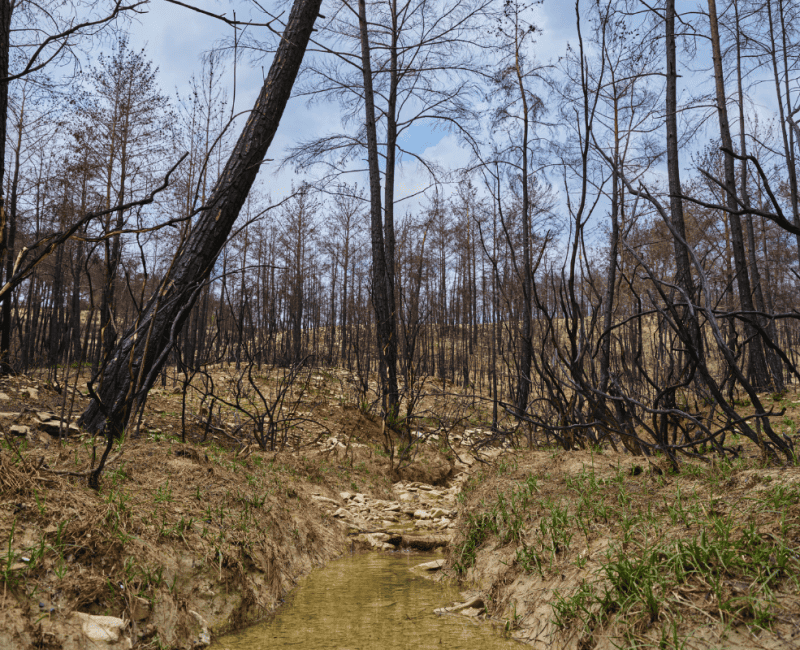
Climate change is increasing the risk of more frequent, more intense, and more widespread bushfires…
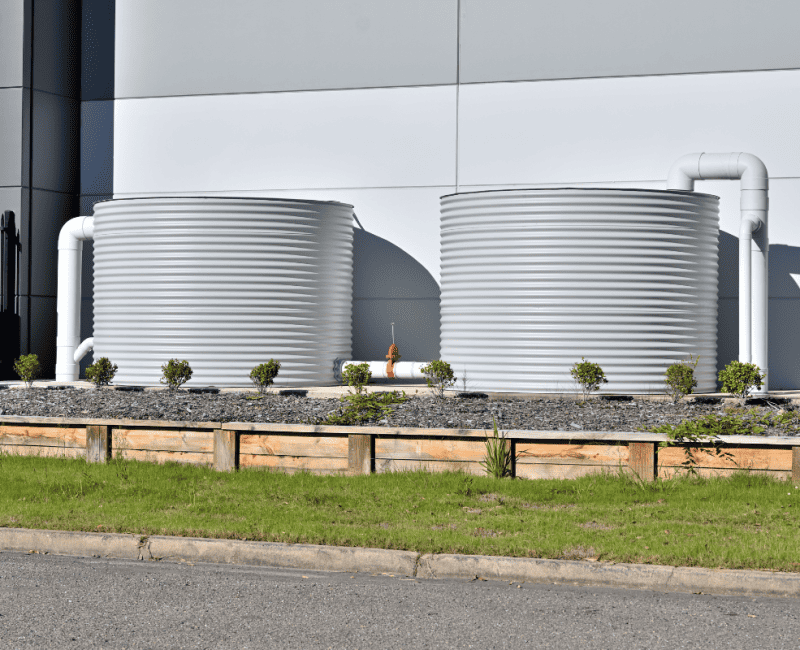
This project is being driven by the need for water utilities and regulators to have up-to-date and peer-reviewed information on the pathogen risk associated with different animals being found in treated treated water assets or storage tanks…

Xenobiotic compounds such as perfluoroalky substances have been plaguing our ecosystem by entering our food and water supplies…
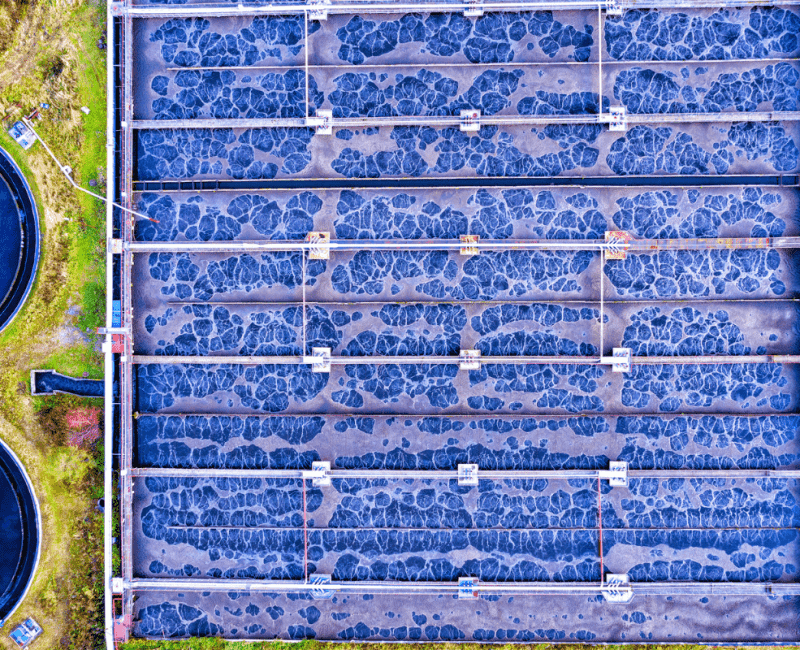
To improve water security, drought and environmental resilience of our water bodies many utilities and governments are exploring ways to augment natural systems with highly treated recycled water (HTRW)…
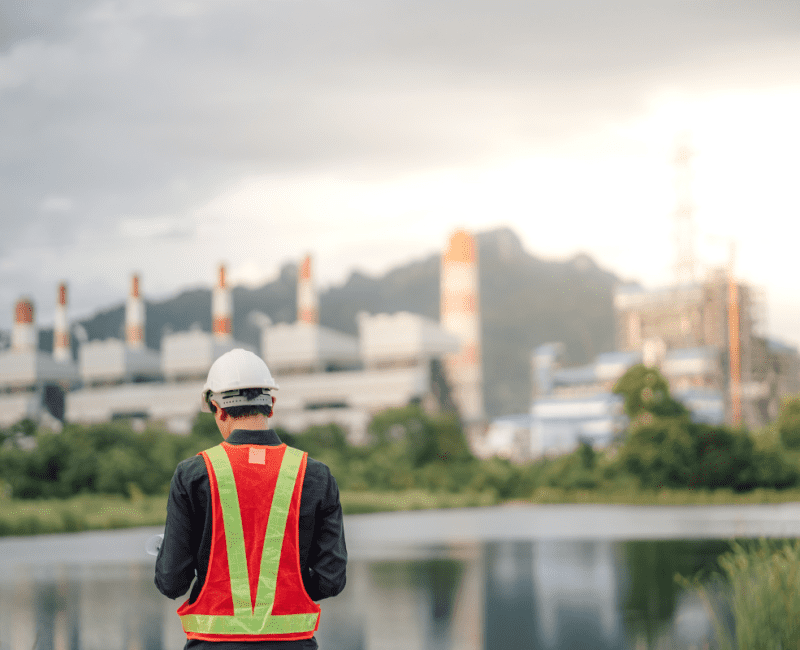
As we are becoming more and more aware of the large number of organic micropollutants in the aquatic environment…
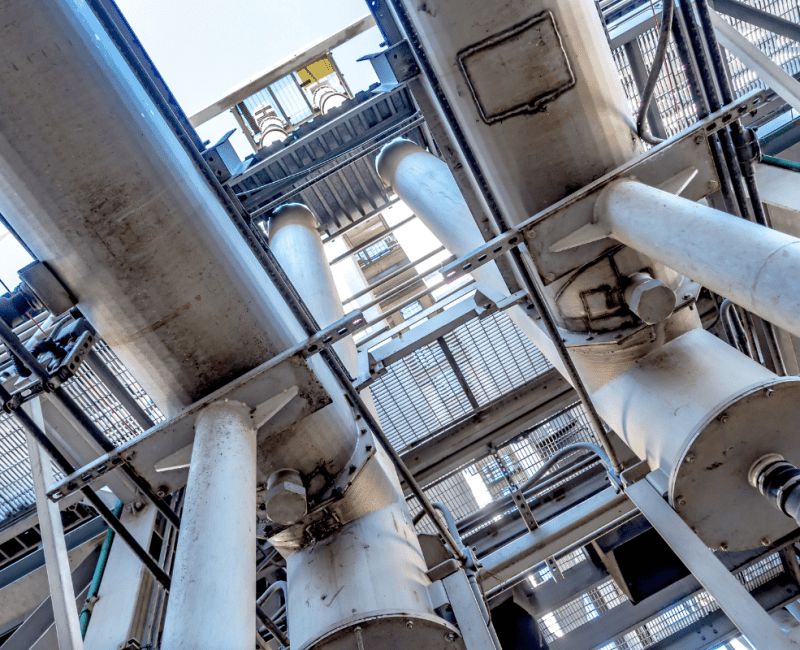
Wastewater treatment is a procedure used to remove contaminants from wastewater and reduce the levels of pathogenic microorganisms present in human waste…